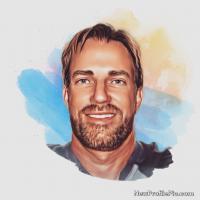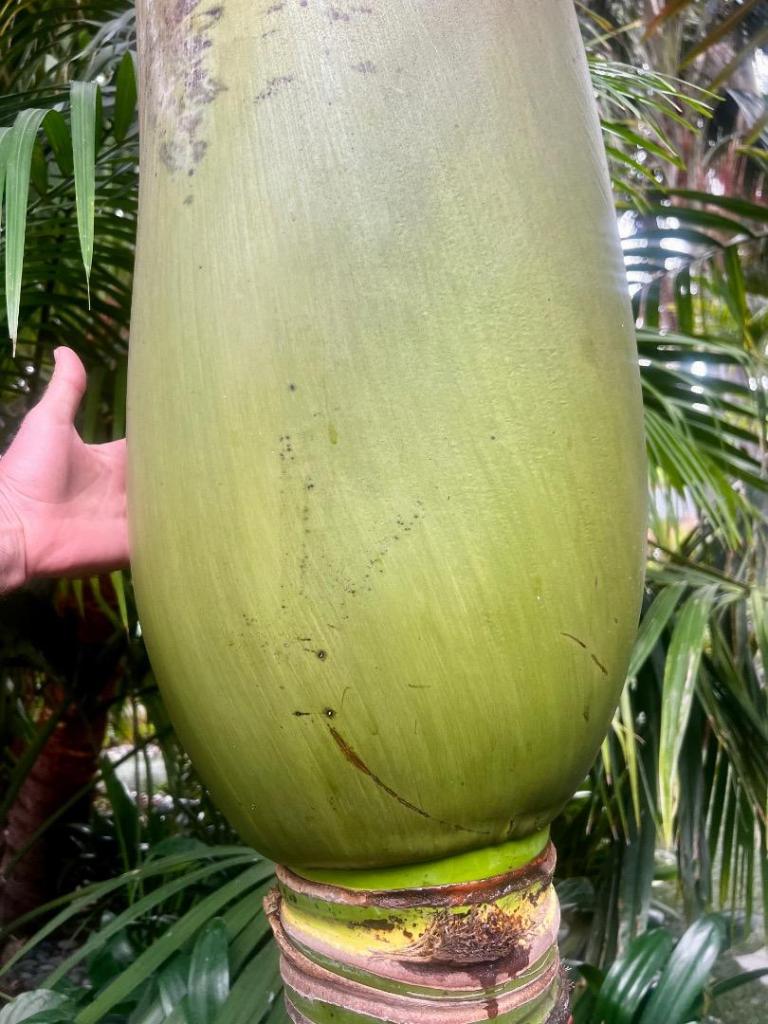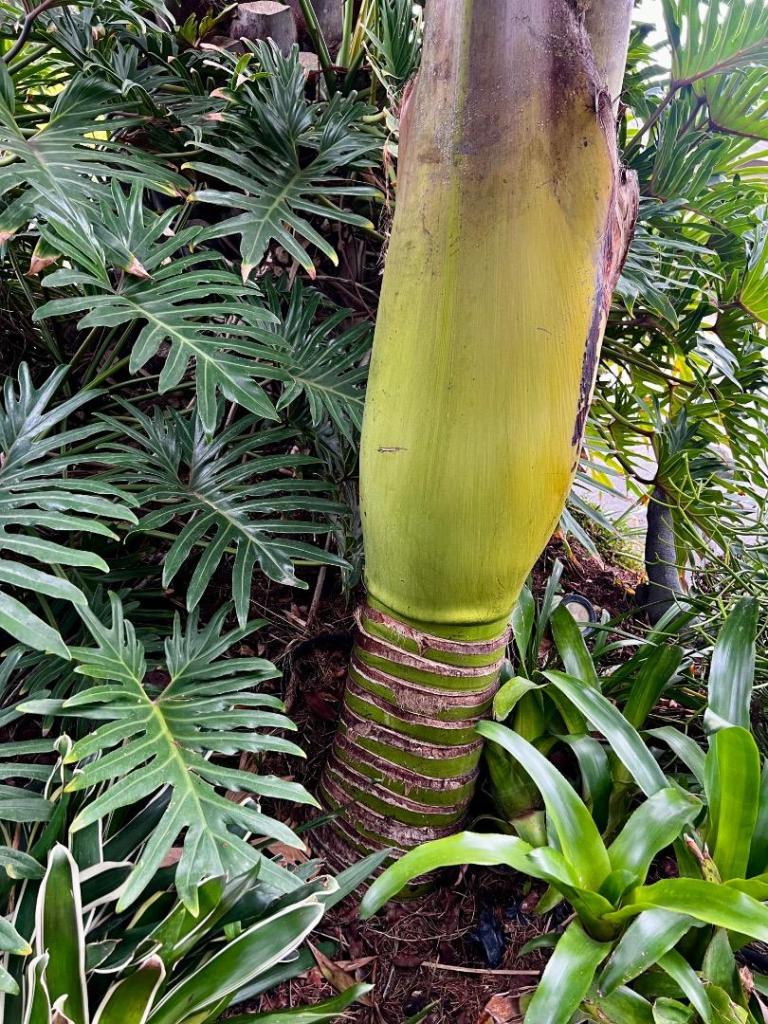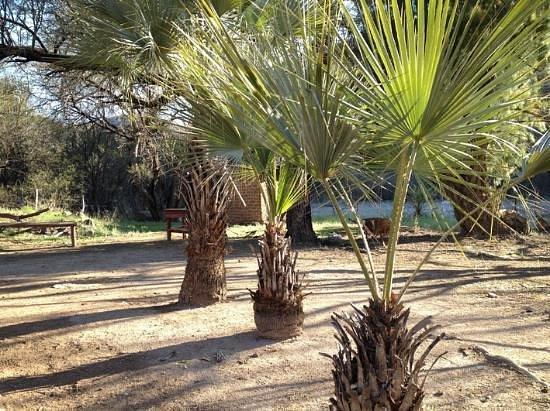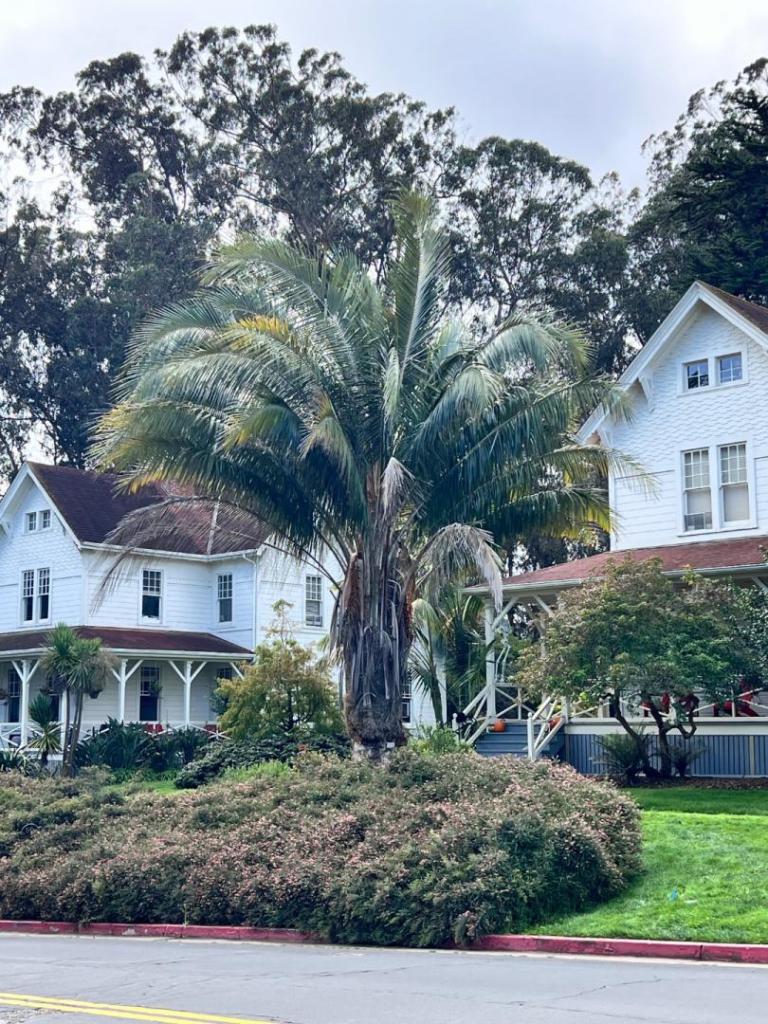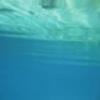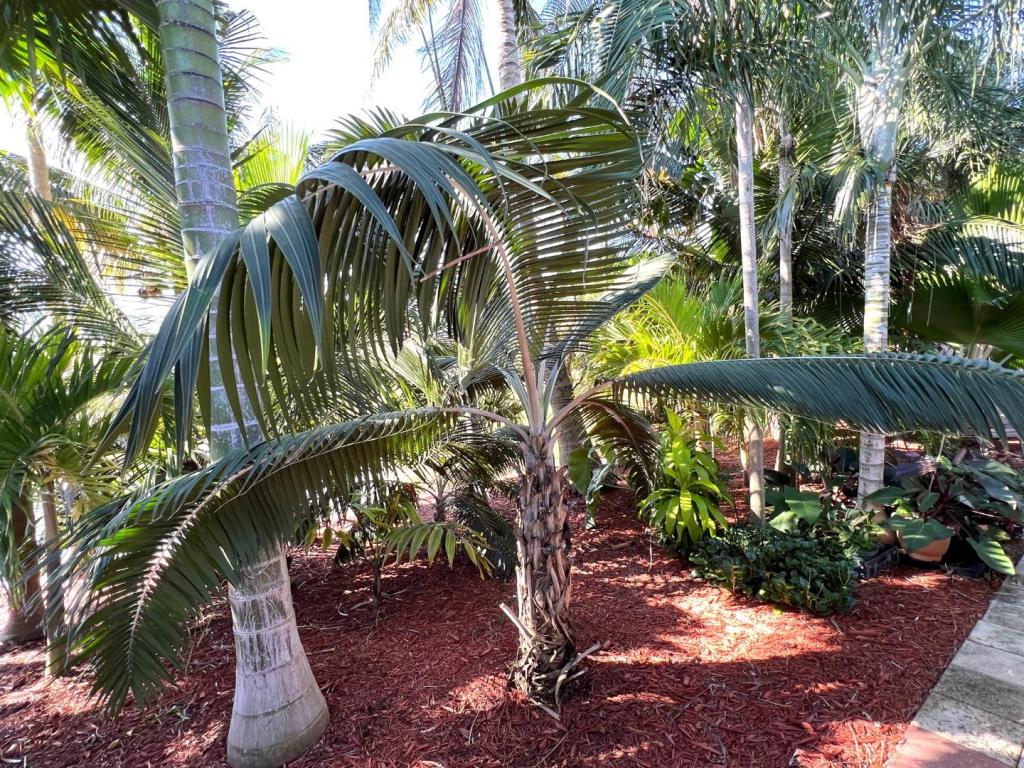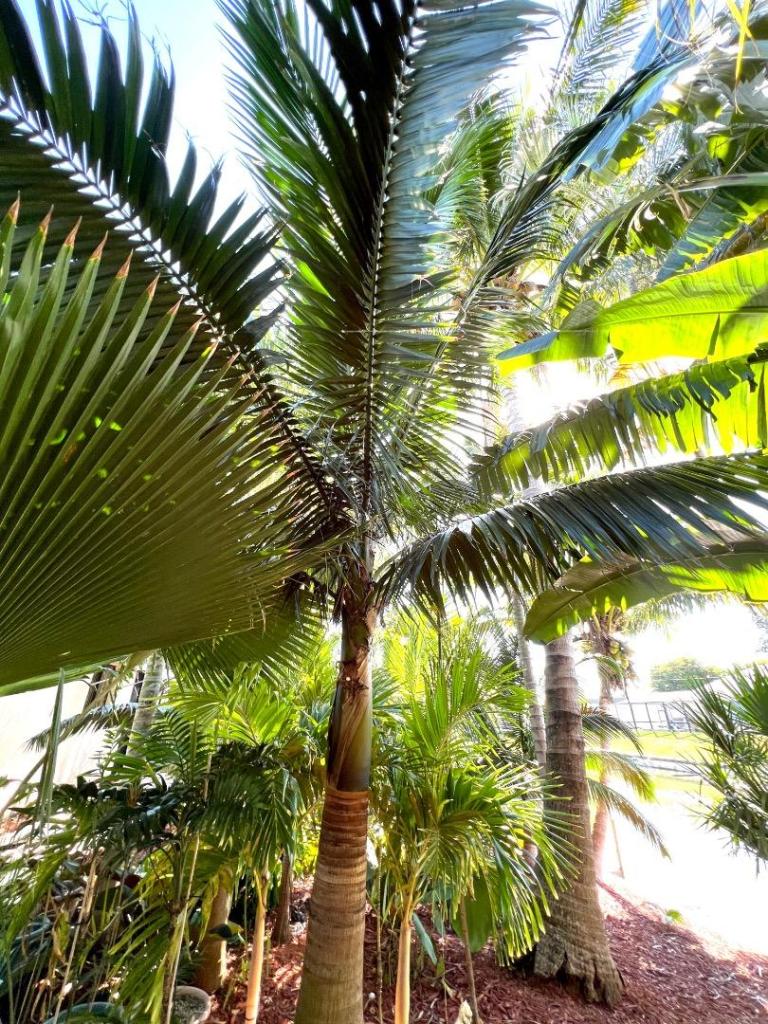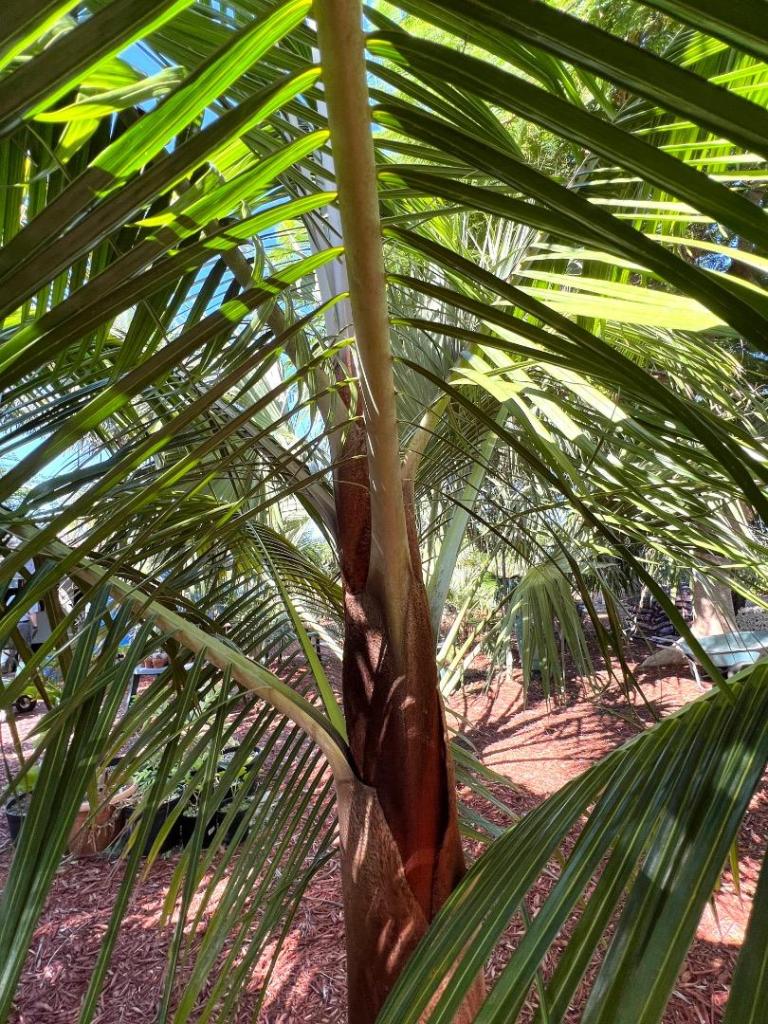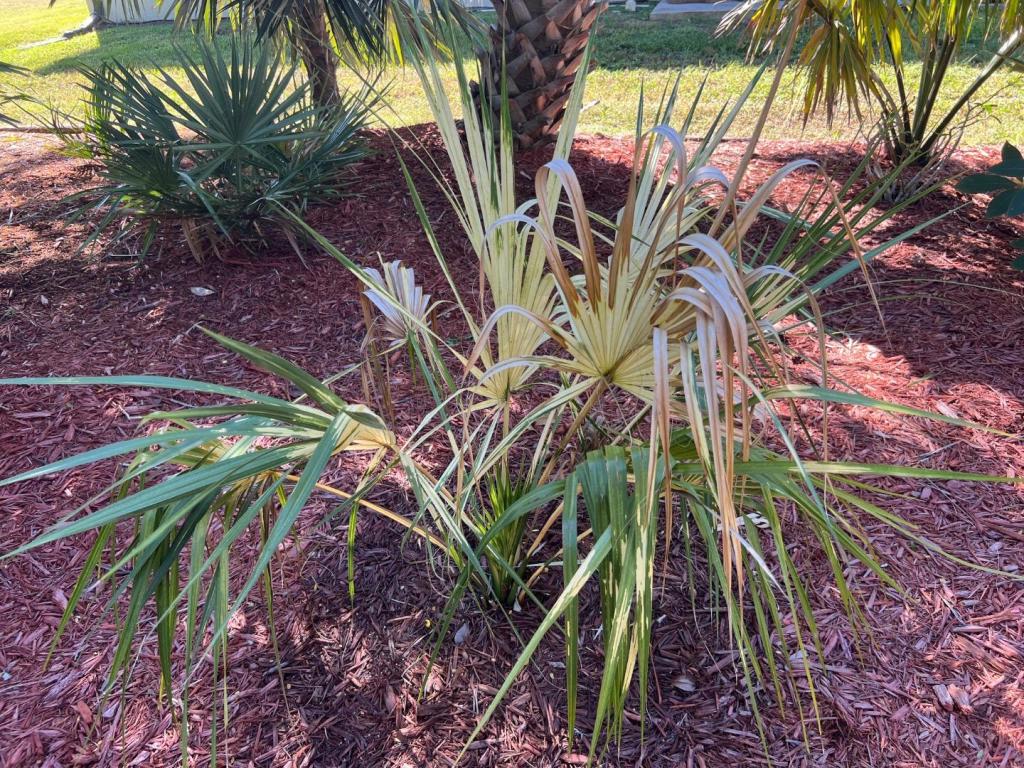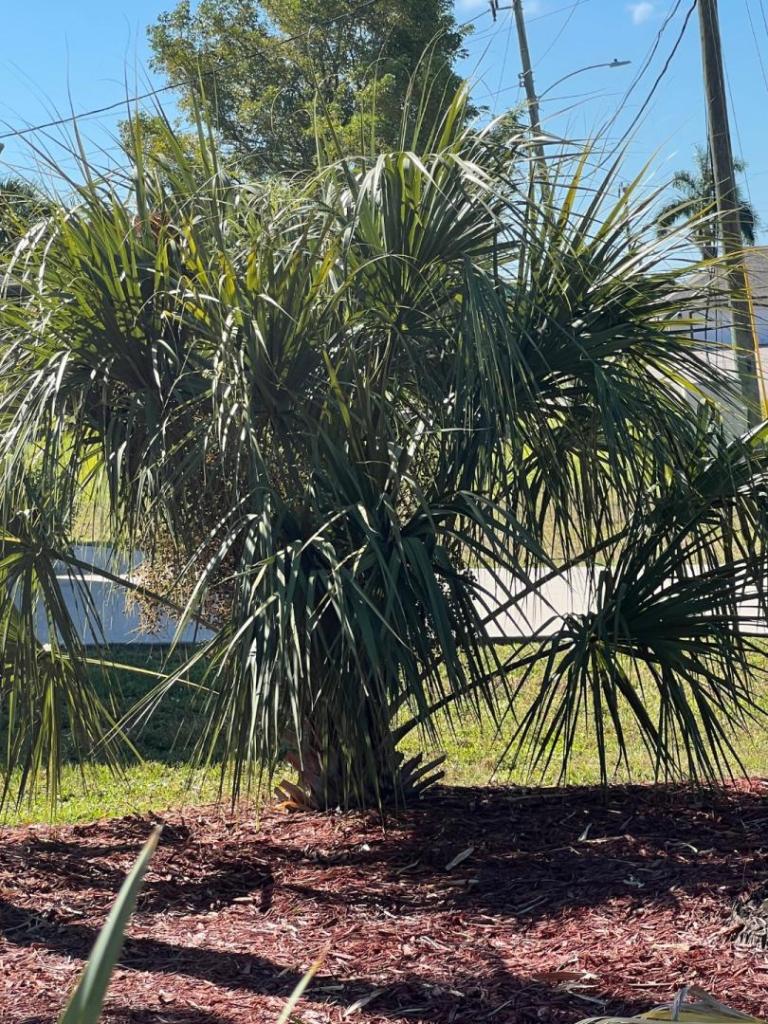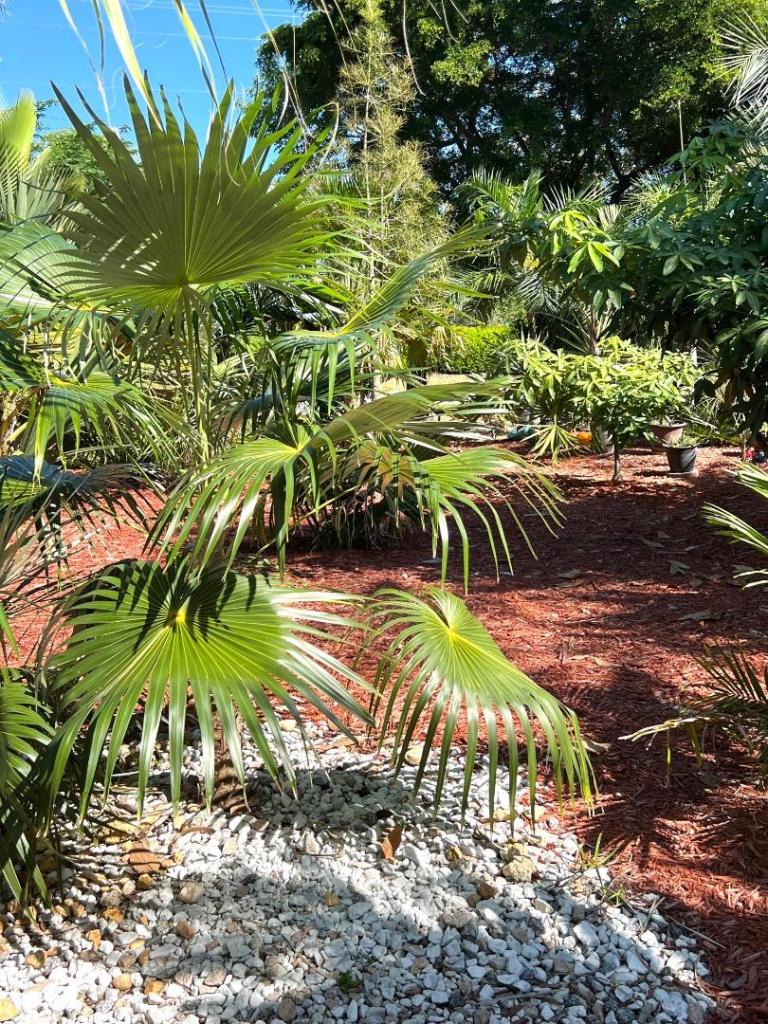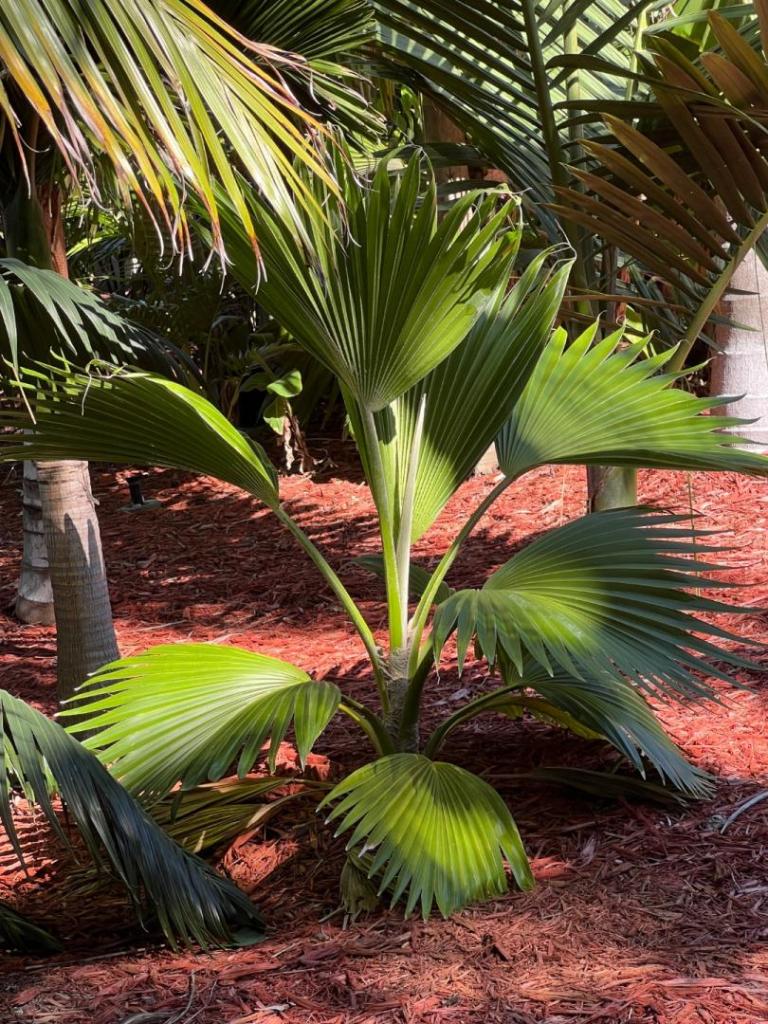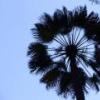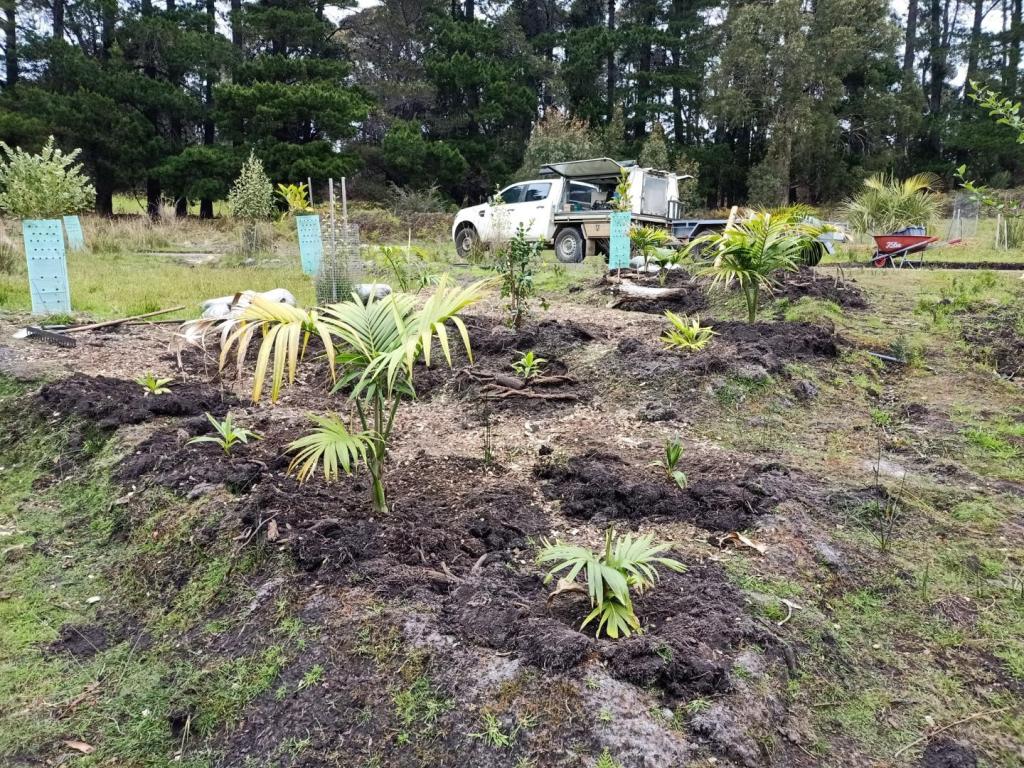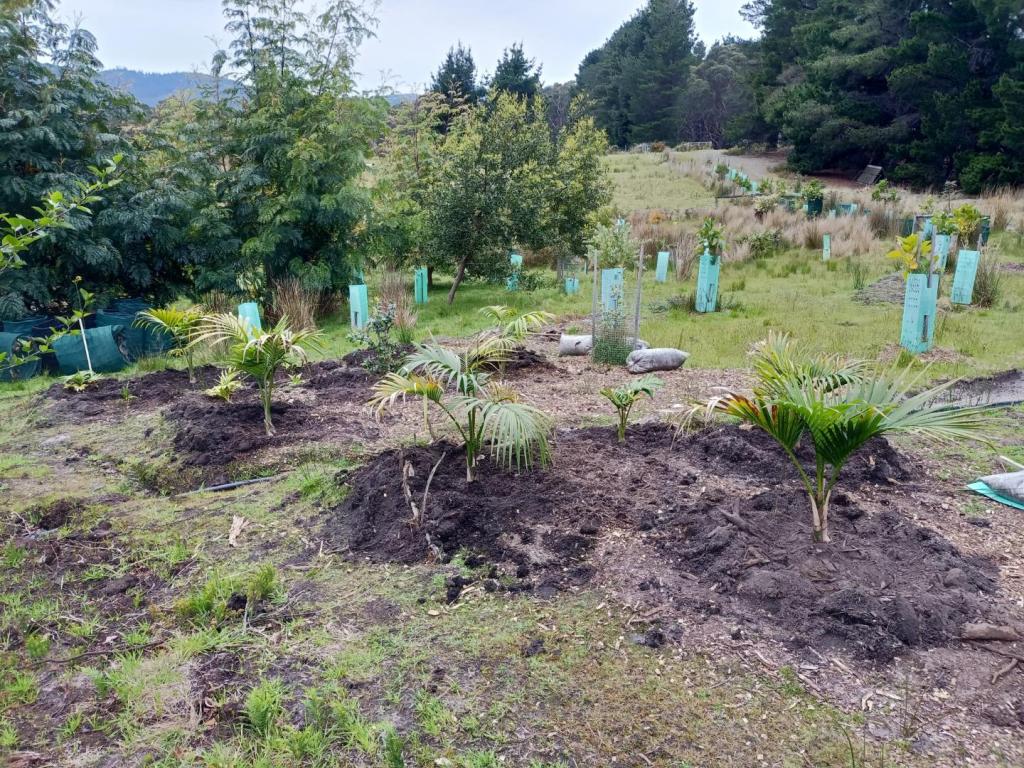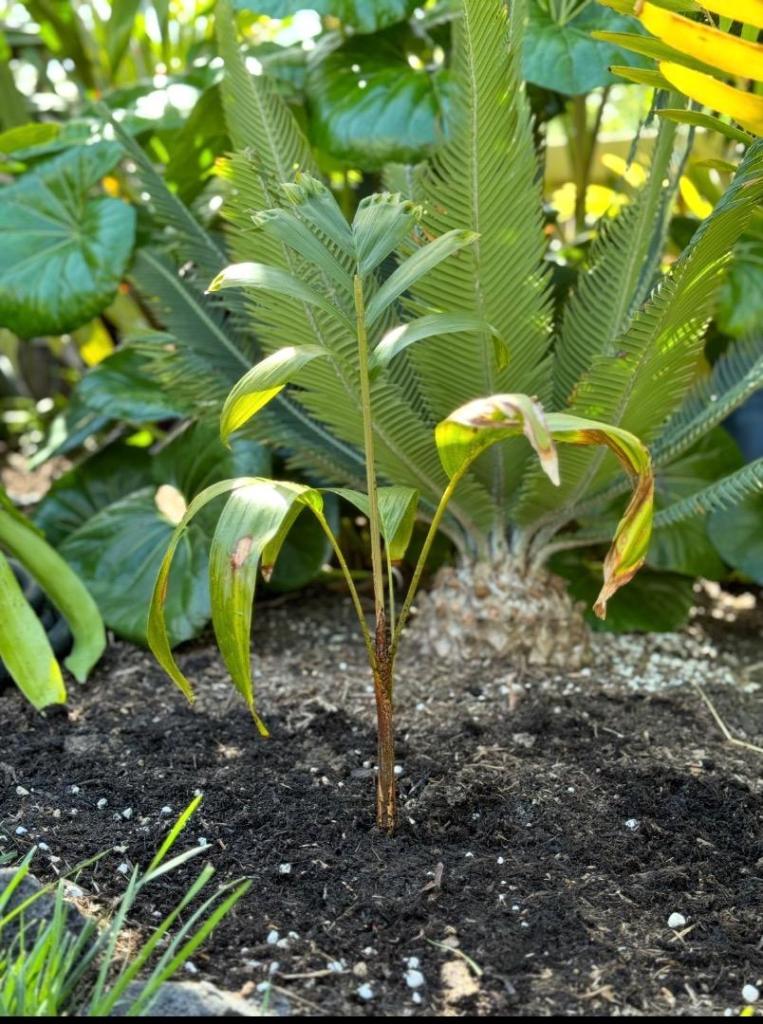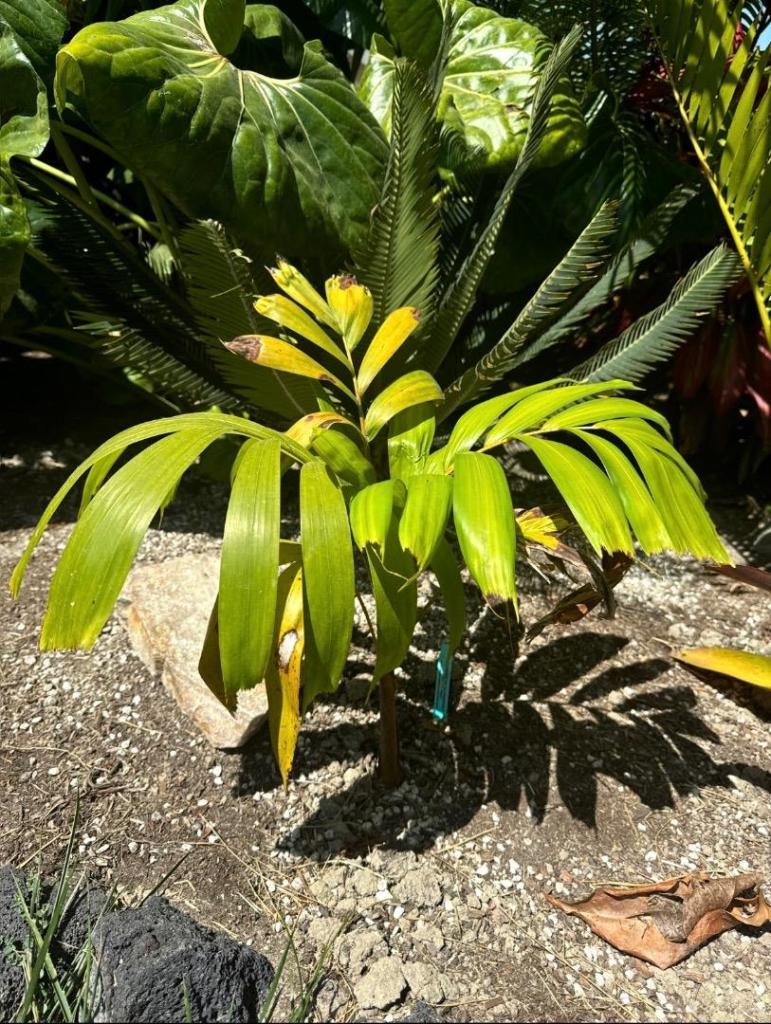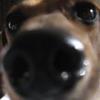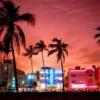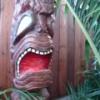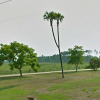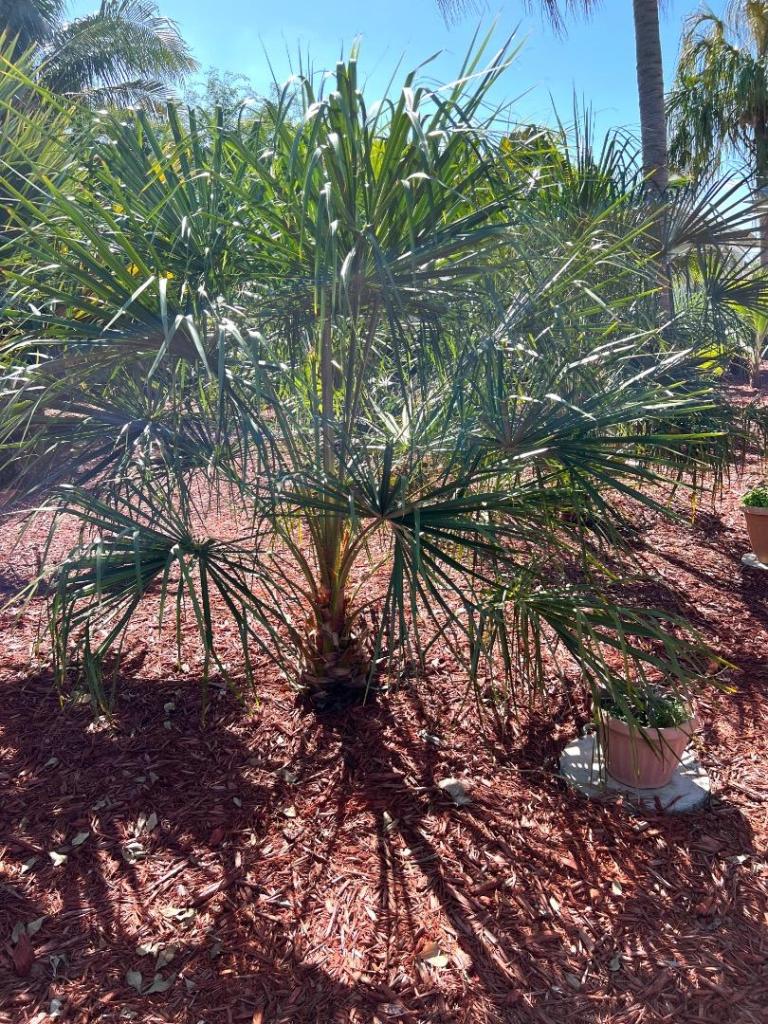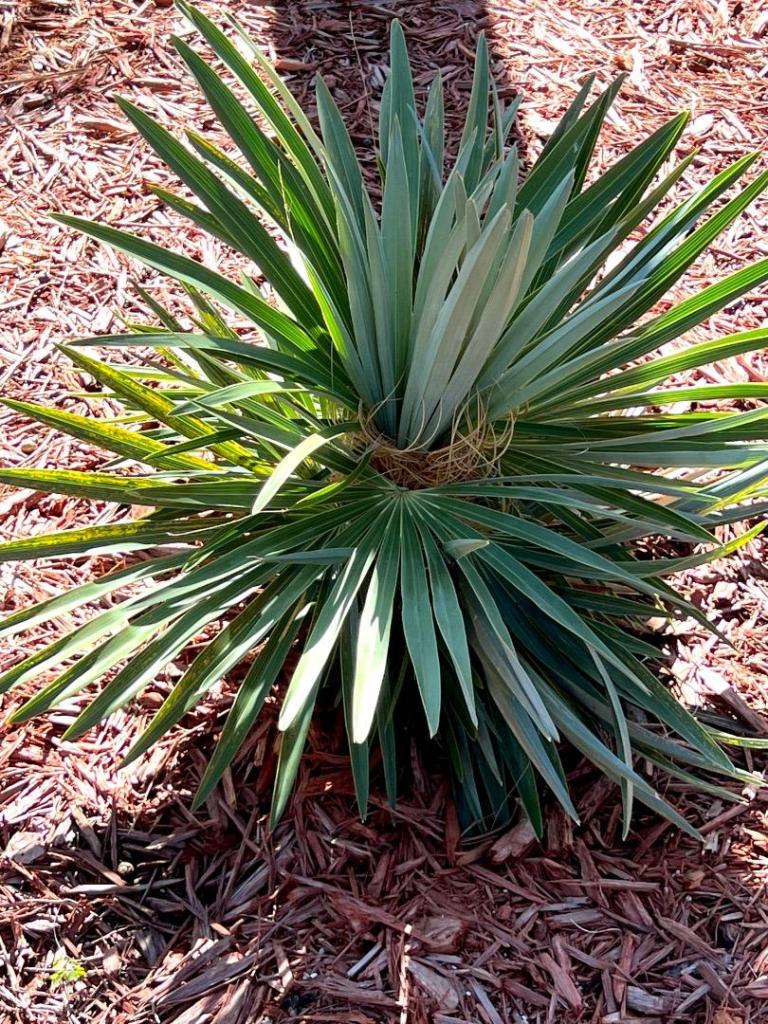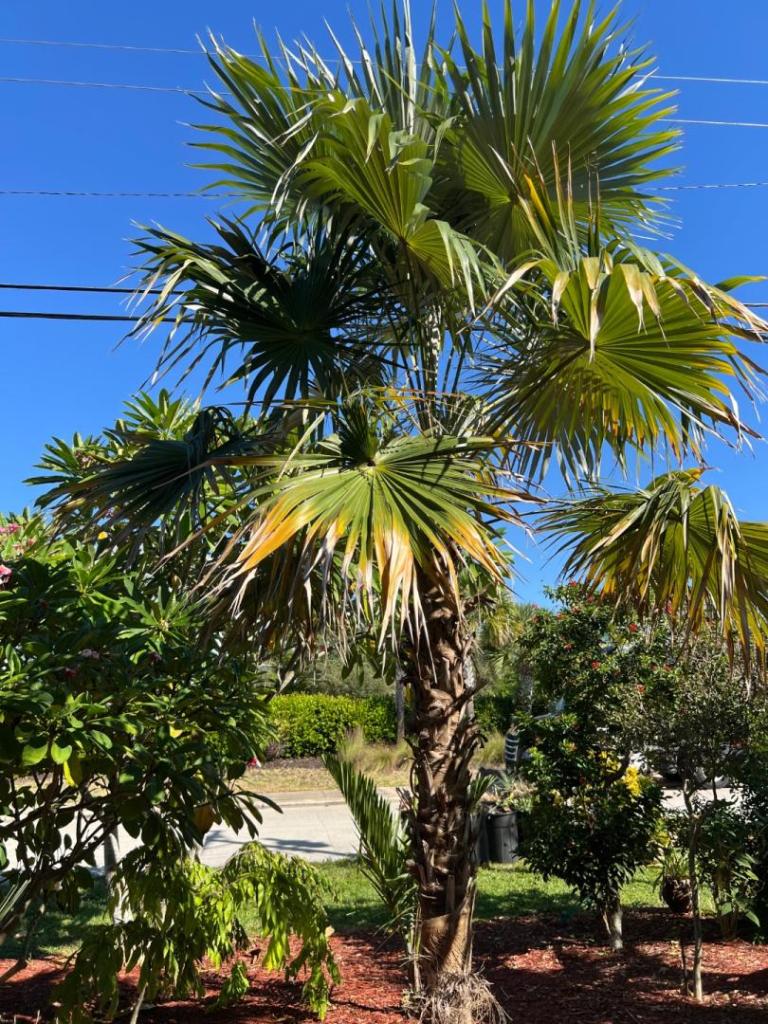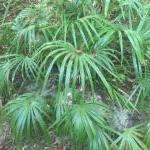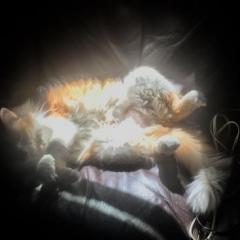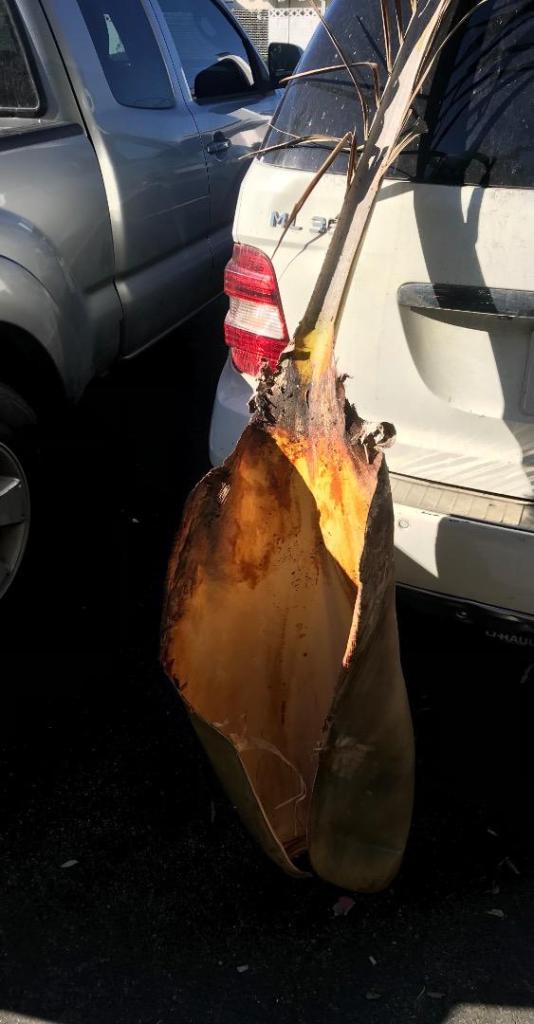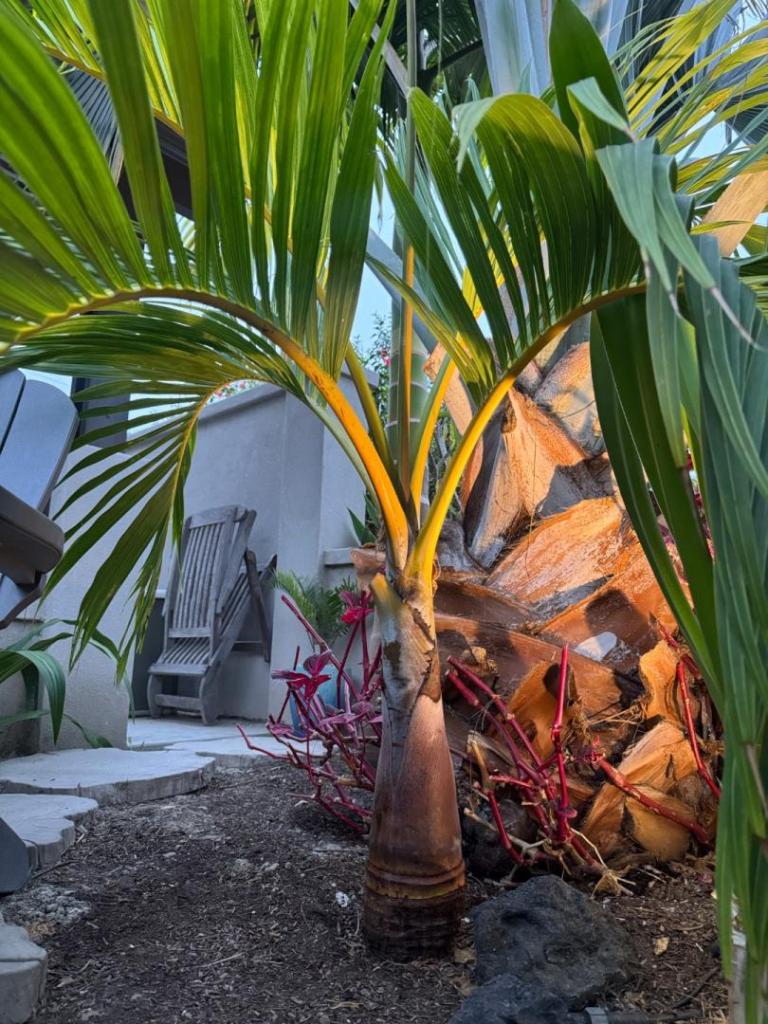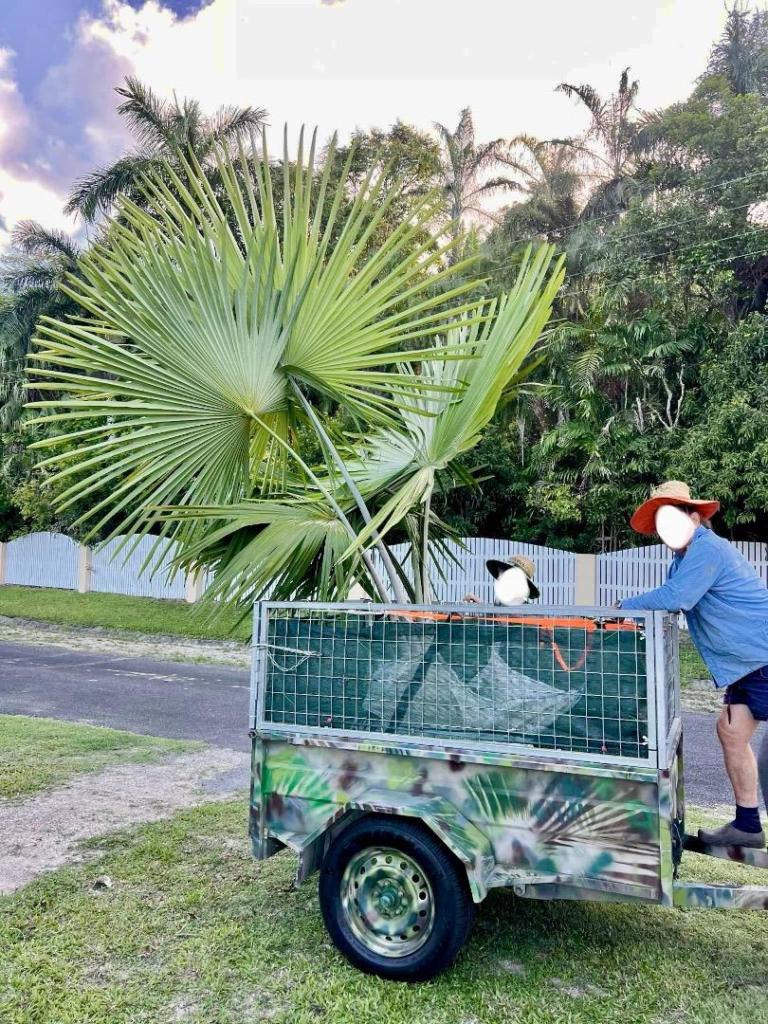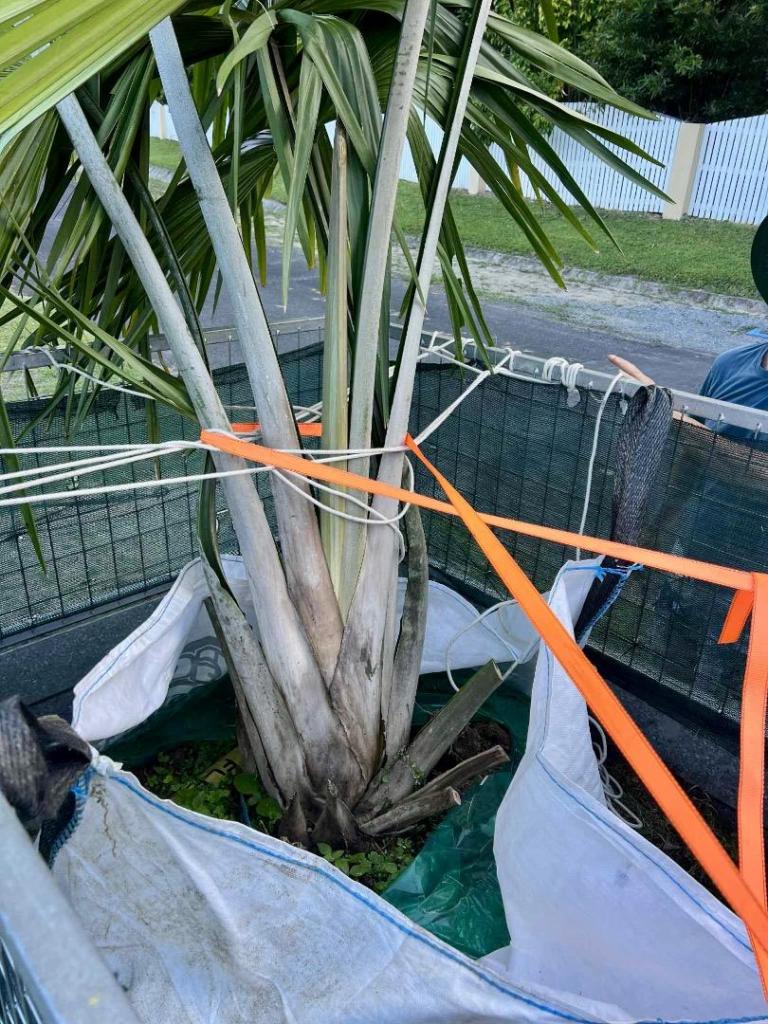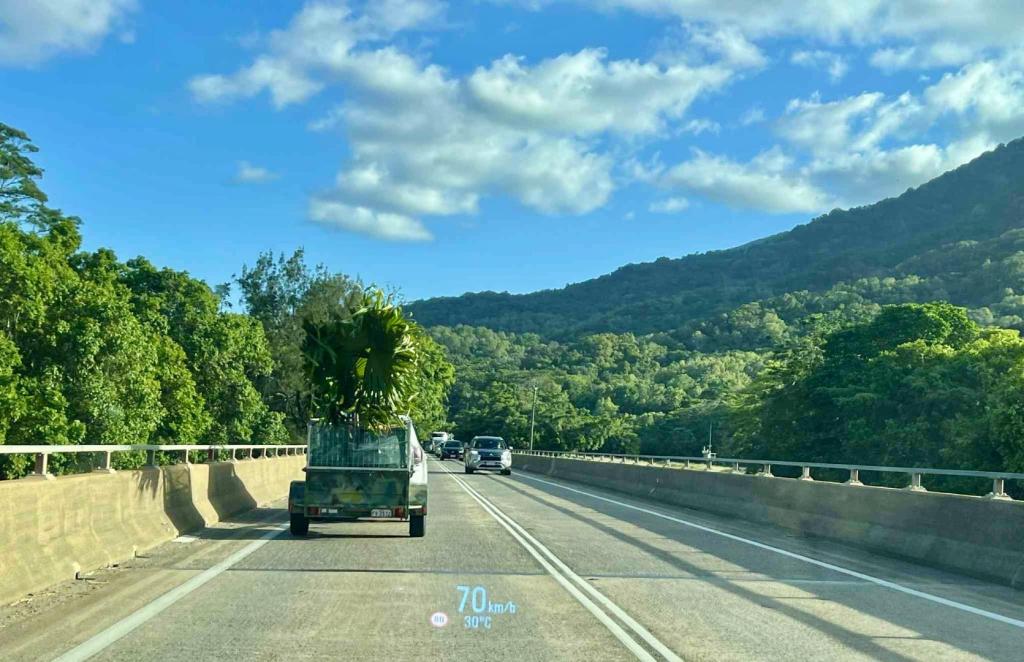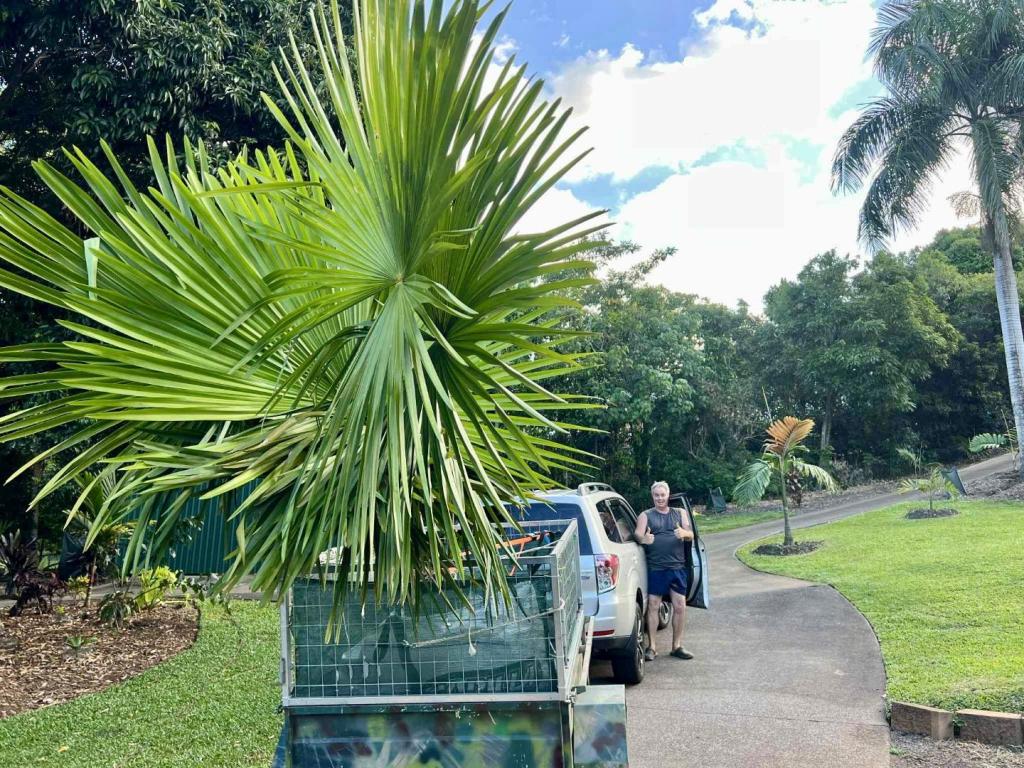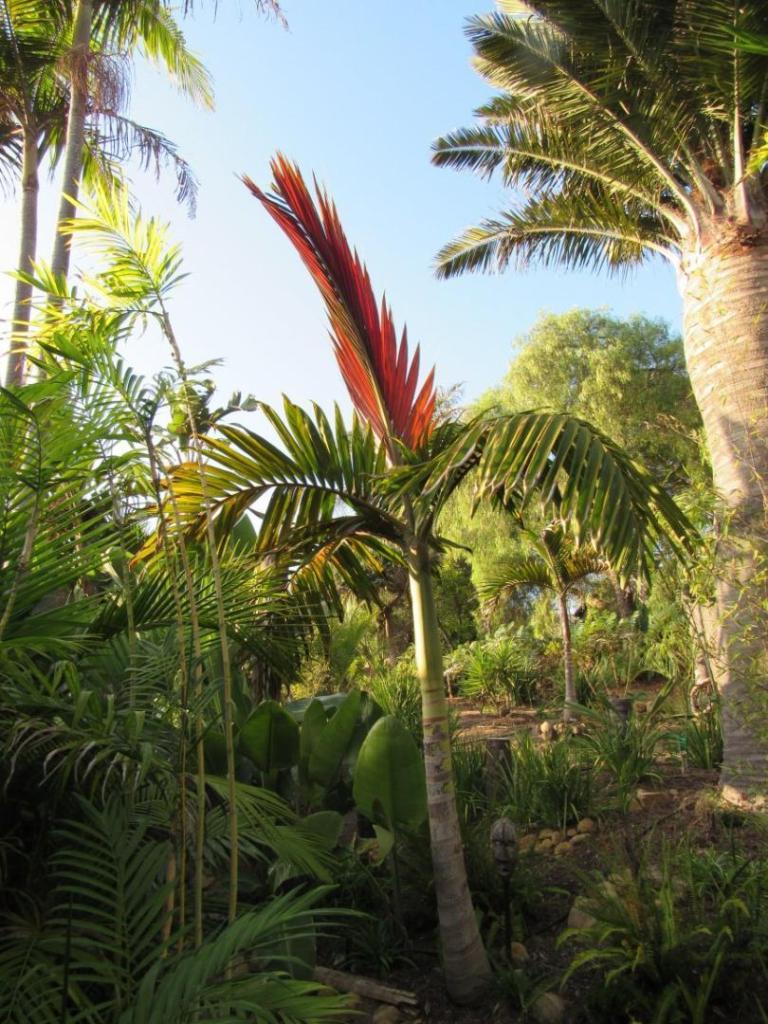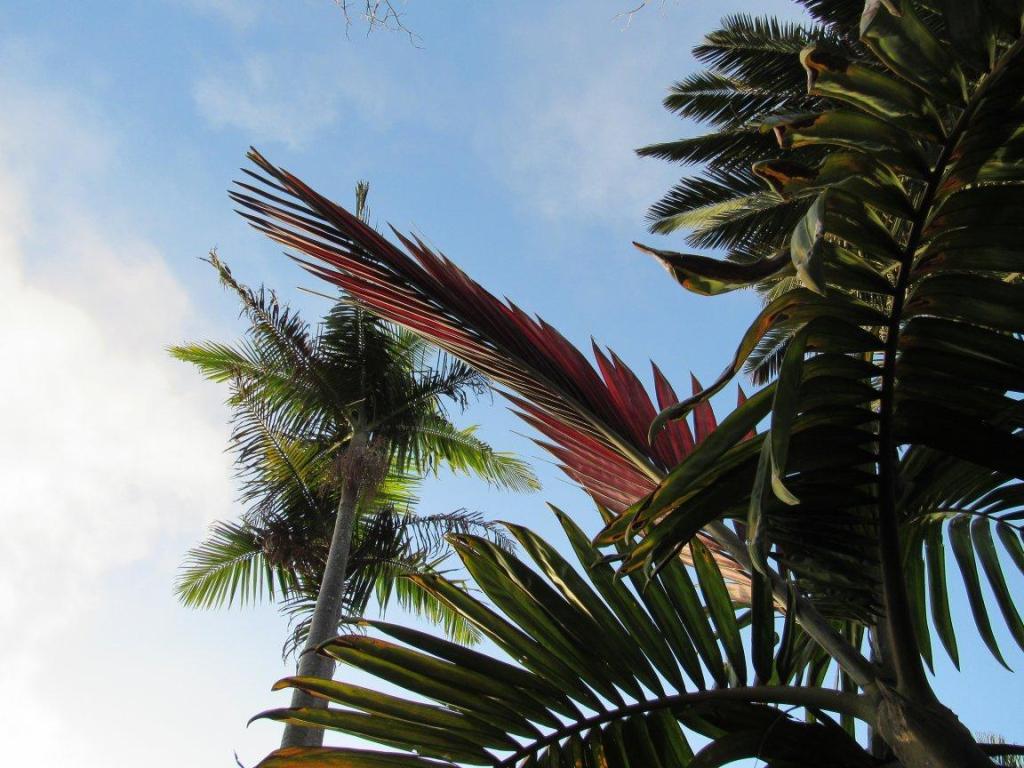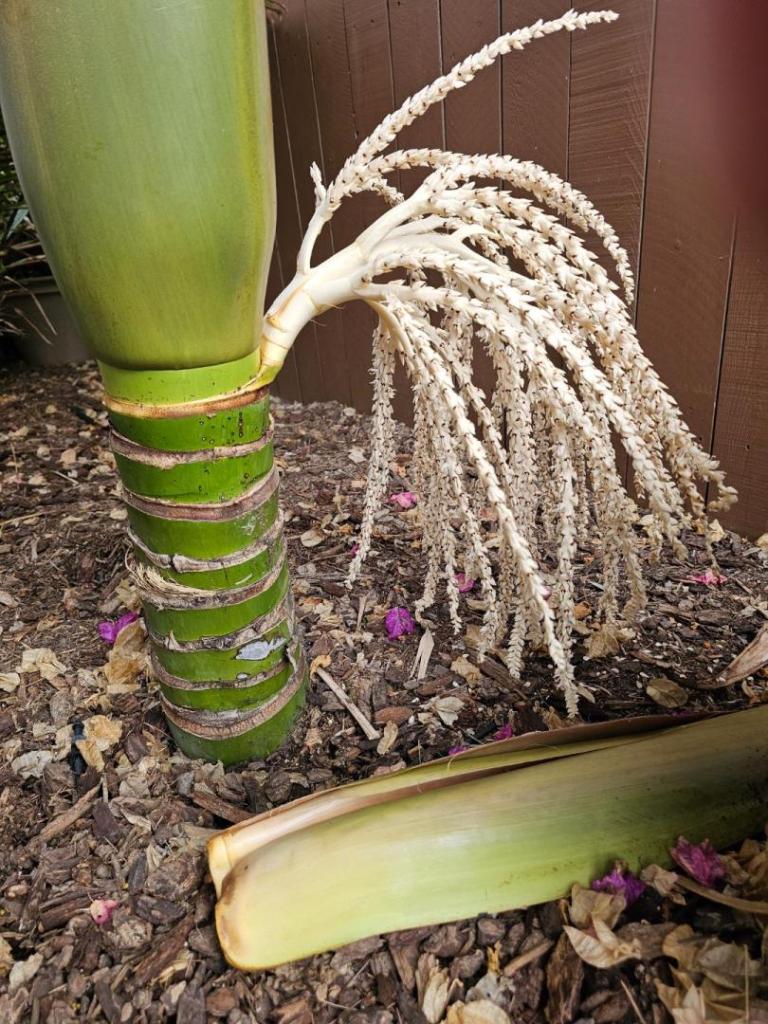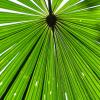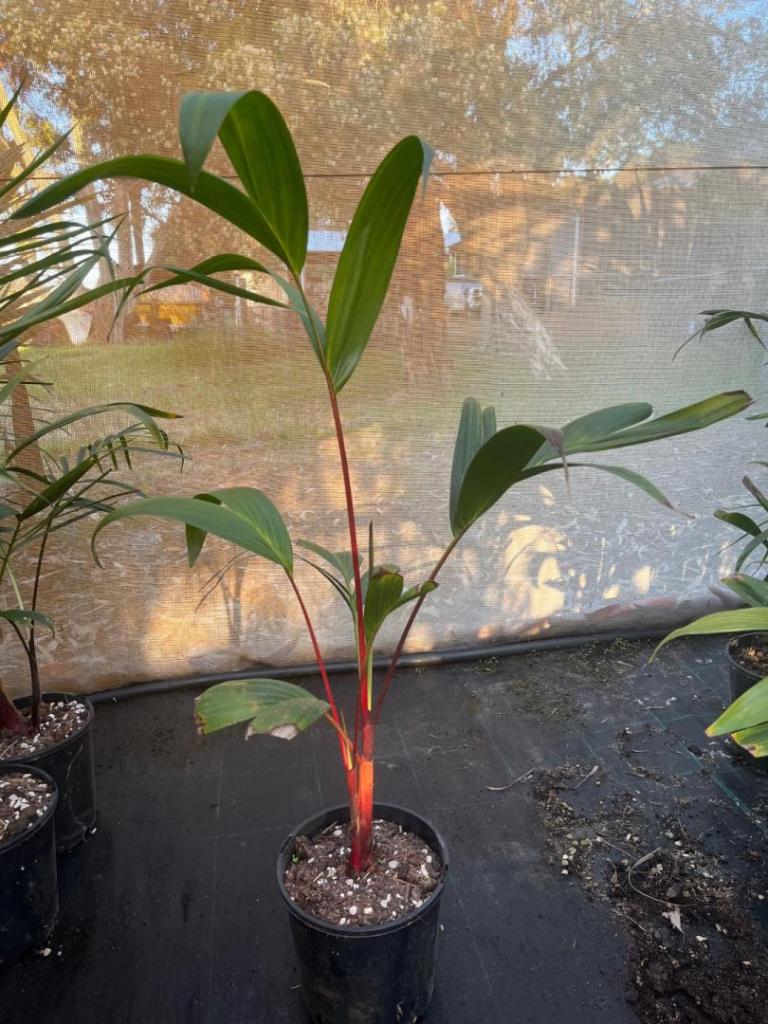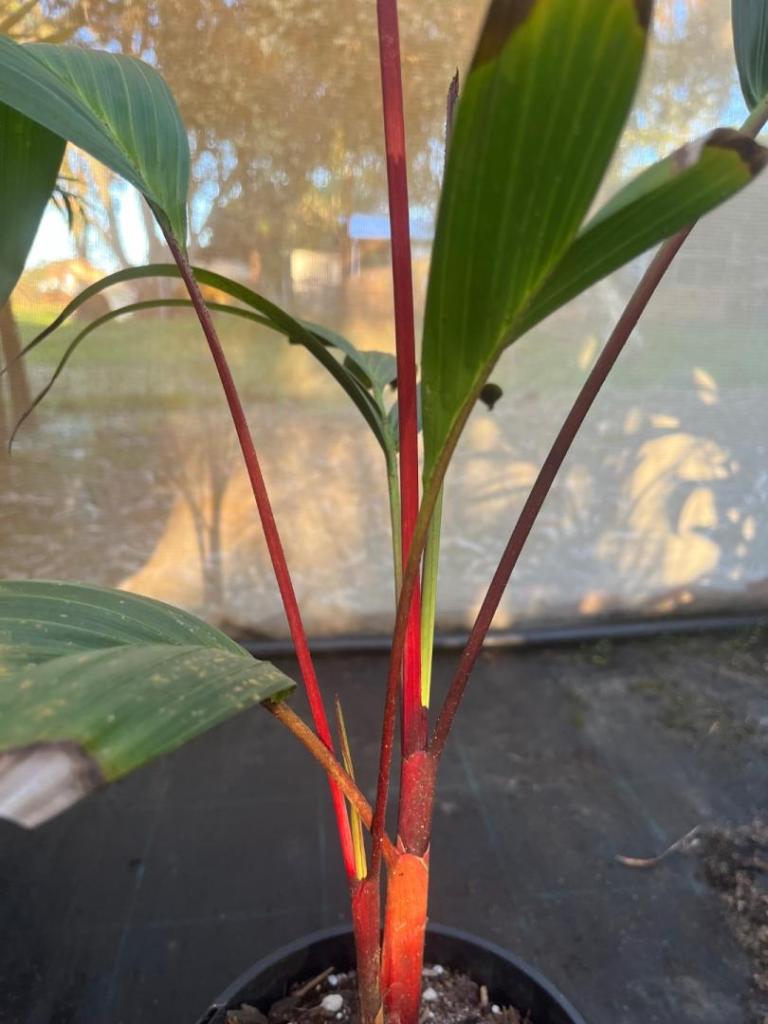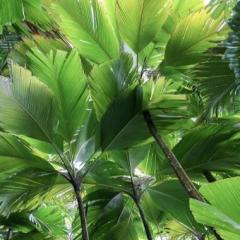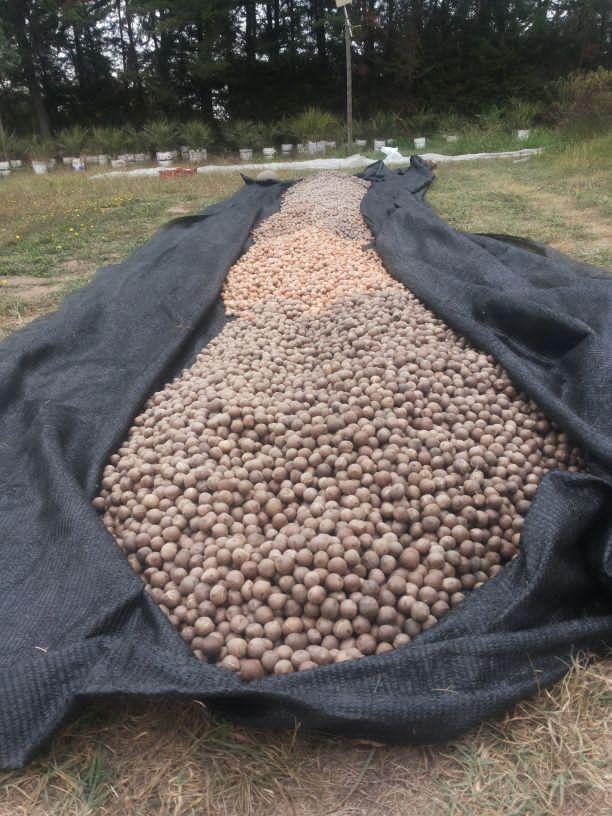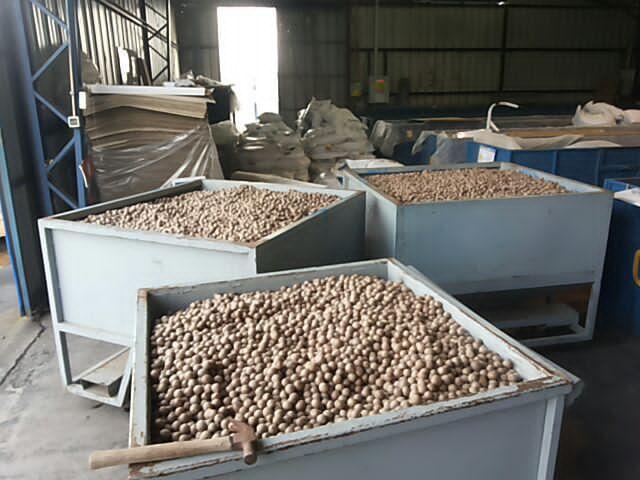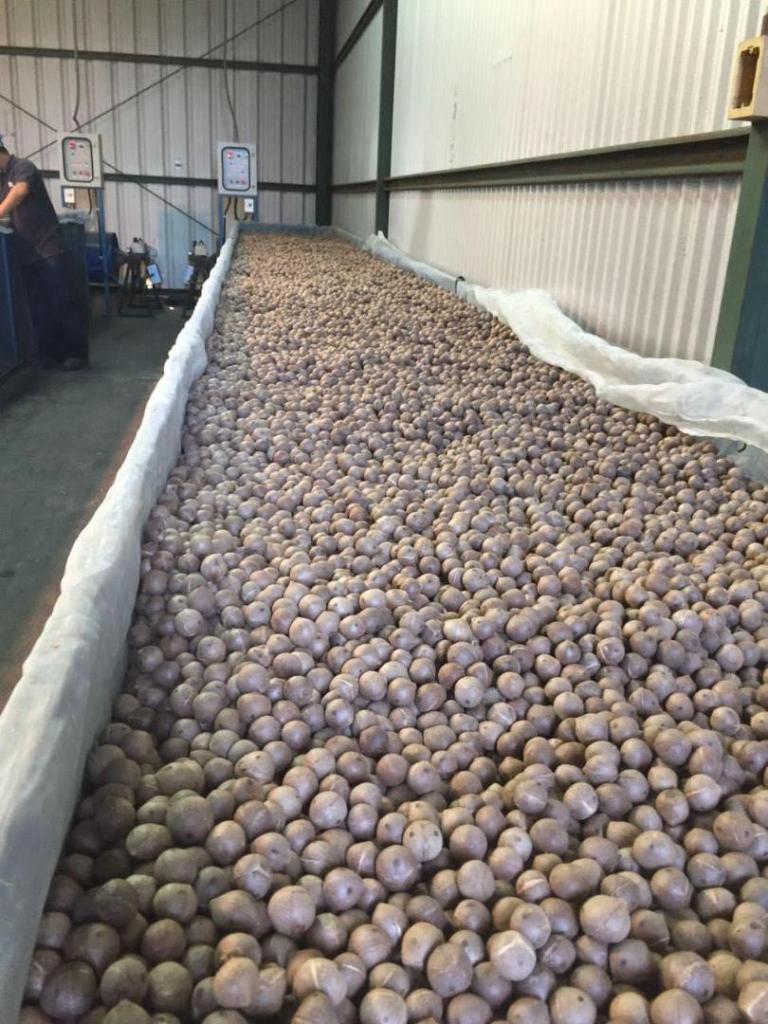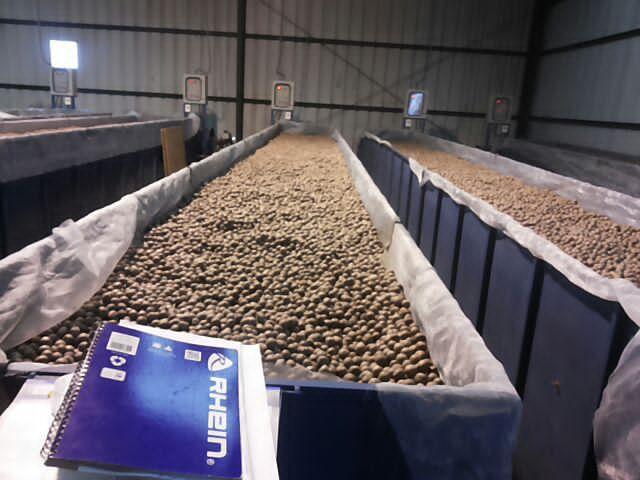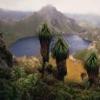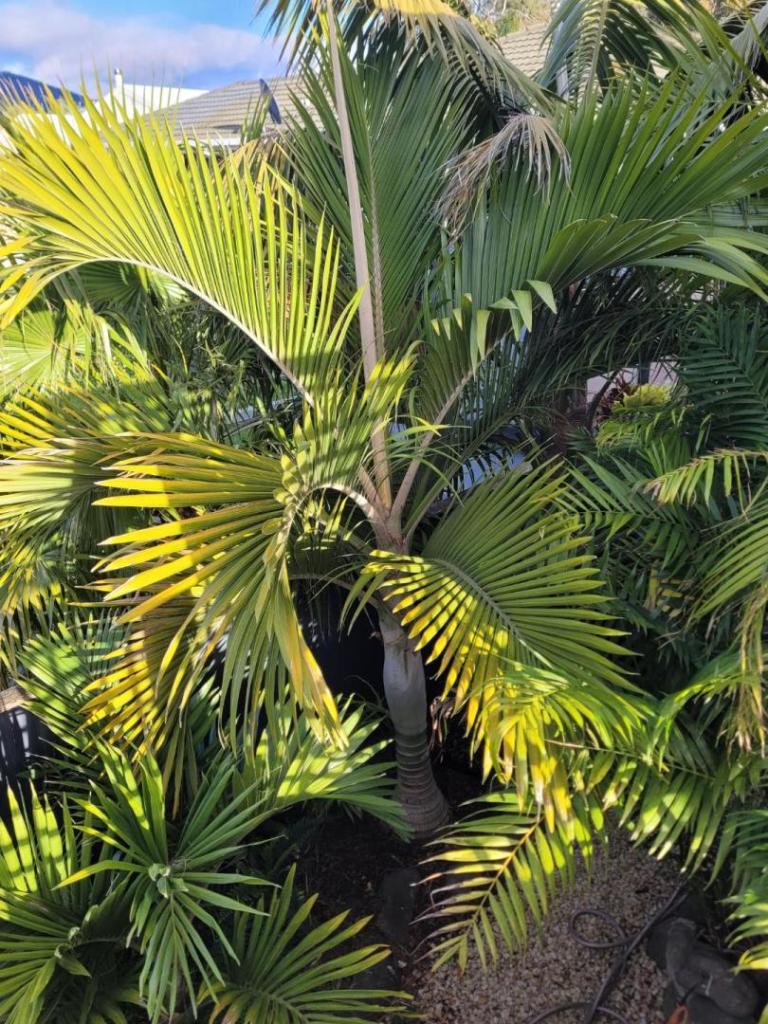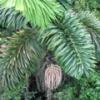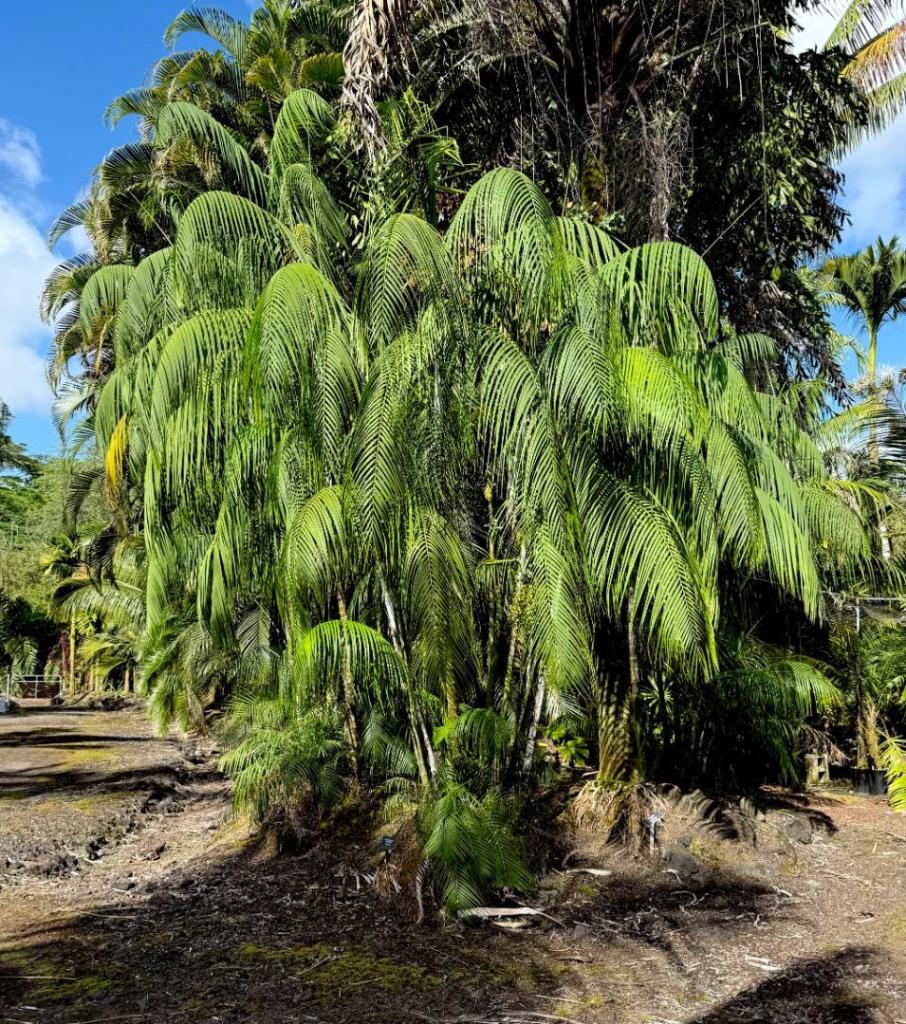Leaderboard
Popular Content
Showing content with the highest reputation since 10/06/2025 in all areas
-
34 points
-
There is a an undocumented population of Braheas located just 40 miles south of Douglas, Arizona near the town of Esqueda, Sonora. These palms seem to be a variation of the Brahea Calcarea but with a taller trunk and fuller crown. I would also like to mention that these specimens of Brahea are very likely to be more hardy than Brahea Armata considering they are growing in elevations of 4000 or more where winters are extremely more cold than that of the Brahea Armata range. They palms are located in a ranch named Rancho Los Baños - Tierra Chamahua EcoAdventures which appears to have recently closed and has virtually no public access. There are dozens of pictures of the palms in the TripAdvisor page of the ranch online. I thought yall would enjoy knowing of these groves as they might have the potential of being the MOST hardy Brahea of all the genus. Getting seeds from these plants would be amazing but the location is very remote and a known area of high cartel activity.25 points
-
24 points
-
For a complete collection of photos with IDs, please click here Here are some photos I've taken over the last few days in San Diego, CA! Borassus madagascariensis Jubaea chilensis Chambeyronia hookeri and Ptychococcus lepidotus Coccothrinax macroglossa Dictyosperma album Oraniopsis appendiculata Ptychosperma elegans Syagrus amara Caryota gigas24 points
-
A couple days ago we took photos of some of our palms catching up on some last minute growing while the early fall weather is still warm. We started in the back yard facing south and overlooking the Isabelle Canal. We've been blessed by a lack of hurricanes and tropical storms compared the the past few years so what wasn't killed by the likes of Ian has had a chance to recover. Allagoptera caudescens Dictyosperma album Livistona jenkinsiana Livistona drudei Kerridoxa elegans Satakentia liukiuensis Chrysaladocarpus leptocheilos Philodendron Pink Princess Chamaedorea sp Moving west toward our Garden Lot View looking east toward Back Yard Jungle Cocos nucifera Dwarf Red Spicata Twins Sabal causiarium by @sonoranfans after Ian Sabal palmetto variegata Sabal grethereae Chrysaladocarpus decaryi Leucothrinax morrisii Sabal minor Chipola Dwarf Livistona muellerii Coccothrinax sp Borassus flabellifer Syagrus kellyana Pritchardia sp Livistona saribus Pritchardia vuylslekeana23 points
-
18 points
-
I wanted to start this thread to document myself and others’ plants so post if you got em. There wasn’t that many produced but they are out there. The “Lady Luck” Palm is a cross between Wodyetia Bifurcata x Veitchia Winin so the cousin to the well known Foxy Lady hybrid. I got the plant from Seabreeze / @Josh-O as a 1G a few years back and it’s the first time it was produced. Admittedly I did not plant it out for well over a year but this summer it has grown great and seems to be catching up for lost time. Ideal location in morning sun, watered and fed regularly. Here’s a few old pics along its journey as well as a recent. First pic planted out March 2024. Lets see em. -dale18 points
-
17 points
-
16 points
-
OK, sorry for the delay. Here are some Parajubaea palms in my neighborhood. Based on their massive size I assume that they are P. torrallyi, rather than P. cocoides. The middle image palm has started to flower. The last image palm is more than three feet in diameter. This garden is somewhat a mystery, just two palms species and some agave plants. ( The fan palms are Chamaerops.) It is possible that these palms were sourced from Flora Grubb Nursery. T14 points
-
14 points
-
More palms and plants from Garden Lot Livistona mariae Bismarackia nobilis, smaller of two surviving Bizzie's West End of Garden Lot looking South Livistona decora Livistona sp Areca catechu Dwarf; left is Pritchardia sp; right is Dictyosperma Albus Coccothrinax sp by Garden Shed Blue green Agave Sabal palmetto 'Lisa' #1 Sabal palmetto 'Lisa' #2 Sabal palmetto 'Mocksville' Hemithrinax ekmaniana Sabal minor x2: Left is typical S. minor; right was sold as seeds of what Seller in Savannah, GA, called 'Savanna Dwarf'. Is there such a thing? I don't know but it is certainly different. Seller disappeared into cyberspace about 15 years ago. Coccothrinax proctorii Dutchman's Pipe Coccothrinax sp - very large Chrysaladocarpus lutescens 'Fused Leaf' Plumeria w/ pink flowers14 points
-
Ok, I see it every day, but wasn’t sure what species it was. I used to live in Middle Tennessee (USA), and my folks were in Gainesville, Florida. I kept lots of potted palm there, underneath a Live Oak tree, in the irrigation zone. So they were neglected, but most of them didn’t die. I started a bunch of seeds from RPS in the mid-late-2000s and took them to Gainesville when they got a little size. Eliminated the need for a greenhouse in TN, since just about everything I was growing had some cold-hardiness. Mom decided to plant this Butia probably a little over 10 years ago, but the tag was lost. So it was just a guess what it was. I thought it could have been the rare Butia capitata, since I had a couple of them from RPS seeds. Or maybe B. catarinensis. It was definitely not any of the dwarf species. Fast forward to 2020, I moved in with them to help them out with the house. Well, I was walking past it a few days ago and something caught my eye…a spathe! A very DARK spathe! I sped up just a little and swatted petioles aside to check closely. Sure enough, it was WOOLY! Not only that, there were 2 of them. Well, that pretty much eliminates all the other species that I thought it could have been. So after searching high and low over the past couple of years for a decent-sized Butia eriospatha, and only finding small ones and seeds, I have a mature one in my front yard! Can’t wait to start crossing it next year. I’m glad it decided to push out its first inflorescences in October, so I wouldn’t be tempted to pollinate them, haha!14 points
-
14 points
-
14 points
-
After spotting this palm being advertised on Facebook group “Palm Nutters”, I contacted the vendor (Cairns) on behalf of Colin Wilson who wanted it for Wollongong botanical garden, NSW. Paul Latzias and Michael Smith stepped up to inspect the palm last weekend, and were joined by Arden Dearden to salvage her this afternoon. Massive thanks to Paul, Michael, Arden, Digby (vendor), and of course Colin.13 points
-
13 points
-
13 points
-
13 points
-
A few more Jubaea chilensis coconuts. These coconuts are sold from Chile to RPS Germany. They're also sold in China. My friend hopes to close a deal with the United Arab Emirates for giant Jubaea chilensis palm trees. I'll keep you informed about this in the future. This is the world of palm trees, friends.13 points
-
12 points
-
12 points
-
12 points
-
12 points
-
Regular form: Smaller form with red fruit: Butia eriospatha I grew from RPS seed. It had no damage in most recent single digit freeze… has taken damage previously but never bad and think fruiting heavily can cause this. The one below is supposedly Butia x Jubaea. Only the huge size relative to my other Butias makes me believe this may be true12 points
-
12 points
-
12 points
-
12 points
-
12 points
-
It’s still here after several years. First noticed it when I lived down there in 2019/2020 and it’s doing well. This is the northernmost bizzie I have ever came across and the only one I have seen this far north. This is in the west side of Bluffton, by the university. Near the Jasper County line. First photo was taken a few days ago, second photo was several years ago.11 points
-
Fall Update #5 - Merry Madagascar and The Split Bed Because of @RiverCityRichard's mention of lemurs, this update continues with some of the Madagascar palms in the same area as the official Chrysalidocarpus corner and then transitions to a bed that was originally designed to mimic the continental divide. The design hasn't worked for the best, so I've been transitioning this bed into what I jokingly called the OnlyFans bed - with a laugh from @Merlyn. The former desert bed now contains only fan palms, hence the play on words. The other side of the bed contains palms and cycads that typically want more moisture to grow optimally. The map shows the locations of the featured beds: Beccariophoenix fenestralis: A palm that was bought on impulse during the pandemic that has turned into a real show-stopper. The lemurs are going to love this after it gets some trunk height. The photo makes it look smaller than it is when you stand next to it. Even though the teaser photo above was only a few months ago, it has grown noticeably since then. Beccariophoenix alfredii: This palm was having a tough time after the hurricanes and has been wobbly in the planting hole since then. I staked it a little more than a month ago, and it is growing much better now. You can probably make out the yellow twine used to secure it to the stakes. The Concrete Bed - Featuring Chrysalidocarpus decaryi and Aloe: Proof that some plants can grow in just about anything, our final Madagascar palms for the day are shown growing in a concrete slag pile, with aloes providing the backdrop. The pH in the bed is close to 9, and its elevated nature keeps it pretty dry. If you're looking for a palm that is drought-tolerant and handles alkaline soil, the Triangle Palm is it. The Former Continental Divide Split - Desert Side - Conversion to Fan Palms: Not every idea works to perfection. With the death of all of my Washingtonia filifera in this area, I decided to begin moving toward a different concept. This area is now dominated on the desert/lava rock side by very cold-tolerant fan palms. Sabal causiarum, Sabal mexicana, Sabal mauritiiformis, Sabal maritima, Leucothrinax morrisii, Livistona benthamii, Livistona australis, Hyphaene coriacea, Brahea brandegeei, Saribus rotundifolius, and Chamaerops humilis are all in this bed at this point. A few of those may eventually be moved. Livistona muelleri was doing poorly and has been moved to a recovery area in a pot. The Chamaerops humilis isn't doing all that great and may perish at some point. Livistona rigida perished in this bed. Brahea brandegeei may be moved to the nearby bed with Brahea edulis. Recently, I decided that since the Washingtonia filifera that I planted tend to suffer transplant shock, I would try a few direct sows. The first of these just poked above the ground. Fingers crossed that it will be able to survive. There may be additional changes coming next year as well. The three photos below show the side view, bottom view and top view, respectively. The Former Continental Divide Split - Humid Subtropical Side: This bed has had less overall issues because most of the palms and cycads are native. The Sabal palmetto at the top of the bed is seed-grown, the Zamia integrifolia is doing great, the Coccothrinax argentata has flowered twice, and the lone non-native Veitchia arecina was a rescue that has turned into a stunning specimen. The Serenoa repens in the bed were moved from the front of the yard to make room for other palms. They're currently struggling with an insect invasion. BONUS - A Look Back At The Veitchia arecina: When the original owner of this Veitchia arecina dropped it off, it was very sick and had just spear-pulled. Sometimes plants impress you with their resiliency. After planting it, it was peroxided once per day for two weeks. When it began pushing spears with no brown streaks, I knew it had a shot. The cold fronts in 2022 gave it some frost spotting, but it tends to shake off damage fast and never stalls. That's all for the day. Piece by piece, we're getting there.11 points
-
11 points
-
11 points
-
11 points
-
11 points
-
Chrysalidocarpus (Dypsis) ambositrae, I planted this palm on June 1st, 2014 as a small plant, it was about 12 inches (30cm) tall. I planted it in my neighbor's land adjacent to my front walkway. It has grown really well, so well that I was convinced to plant one in my own garden. Here are images taken today, October 8th, 2025, after just 11 years of growth. The palm now has 42 inches (107 cm) of true trunk below the leafbases, the bulging base is 8.25 inches (21 cm) in diameter, and the upper trunk is 4 inches (10 cm) in diameter. It holds 6 or 7 good fronds. I also favor its habit of a very short period of senescence. The older fronds will change from green to brown, and fall off cleanly in only 7 to 10 days. I have never given it any special care, and actually have somewhat ignored it since I am a notorious procrastinator !11 points
-
11 points
-
11 points
-
11 points
-
11 points
-
10 points
-
10 points
-
My larger one in the front just opened a flower spadix but I am still waiting for the individual flowers to open. The one in back that tillered before growing more upright is now growing up at the same pace as this one, just a little behind in size. They are a great mid-sized Chrysalidocarpus. I believe you have a market for your 1 and 3 gallon size second generation plants based on responses when i posted this in another ambositrae thread recently.10 points
-
10 points
-
10 points
-
10 points
-
10 points
-
Ken, No one touches my “jungle” except me with the only exception of my favorite tree service that I need to trim old dead fronds off my Phoenix canariensis, some very tall Queens, and some Washingtonia on my property line that would otherwise drop lots of fronds into my neighbors yard. That’s twice a year. I do everything else.10 points
-
A lovely gesture of some archontophoenix maxima from @palmtreesforpleasure. Any palm is welcome @happypalms retirement home for unwanted palms. A few will get planted in the garden and the rest distributed to gardens around the place. I know they grow well in my climate I have a couple that are doing quite well.10 points
-
That’s seriously nice Darold! I think this proves it doesn’t require much heat to thrive. Mine took ages to take off but is now motoring along. It split in two a couple of years ago and now each growth point is pushing well above ground after years of being in that phase of looking like its fronds erupted from the ground.10 points




